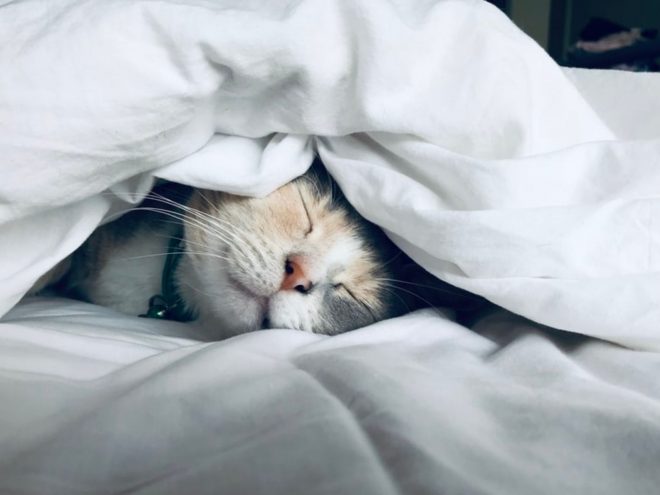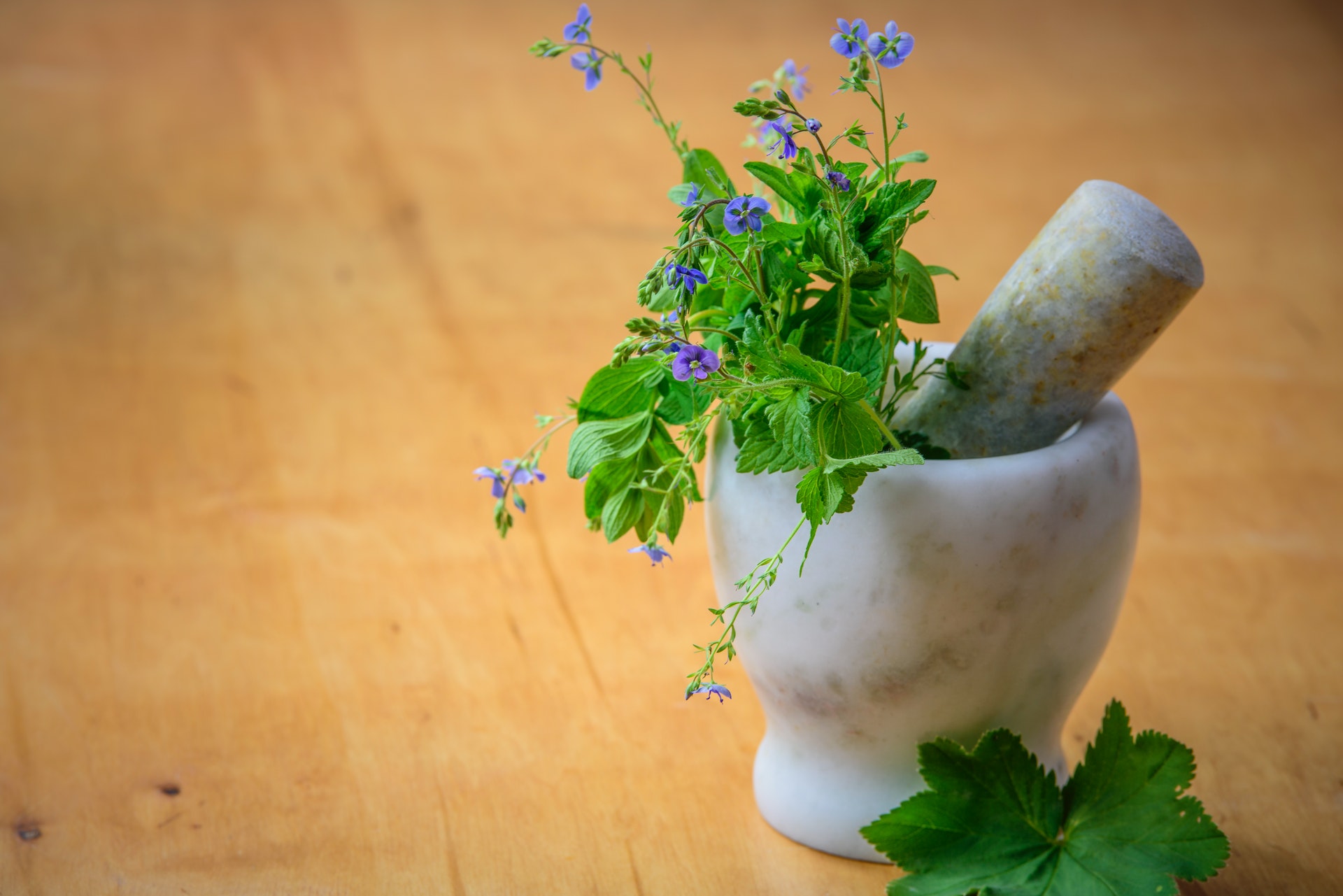Just as you can’t have chicken nuggets without dipping sauce, you can’t have an enneagram type without wings. So, if you’ve only ever identified as a type nine, you’re missing an important piece of what makes you, well, you — wings.
What They Are and Why They Matter
Enneagram wings are like sidekicks to your core enneagram type — they’re the two types adjacent to yours. Typically, you have one dominant wing, which influences your personality more than the other. It weaves its way into your classification and, subsequently, your life. By understanding your wing, you can gain deeper insight into your actions and emotions.For instance, type twos are generally caring and generous. However, these individuals might also have a type three wing, which may drive them to be more image-conscious. So, if they see a homeless person, they might refrain from engaging with them while others are watching. Alternatively, they might lean more toward a type one wing, which might influence their actions differently. Regarding the situation involving a homeless person, they may be more inclined to help.Therefore, understanding both your type and your wing can help you self-assess and make better decisions, thereby shaping your life and its many outcomes.
Wings and Behavior
How do wings affect each enneagram type? Find your type’s sidekick for a short description of how it influences your core classification:
Type 1 Wing 9
Type ones are practical and precise. They desire moral goodness and often advocate for others’ rights. However, a type nine wing helps them uphold balance and see both sides of an issue.
Type 1 Wing 2
Ones with a type two wing tend to be more empathetic and interpersonal. They are still activists but may redirect their emotions to deal with negativity. This quality may lead to sudden outbursts when they reach their breaking point.
Type 2 Wing 1
People who fall into this classification are deeply empathetic but quieter than a typical two. They most desire love and acceptance, as they serve their communities and seek to be a companion to those without one.
Type 2 Wing 3
Following type two generalizations, these people are caring and altruistic. However, they are more sociable and outgoing than those with a wing one. They thrive in group settings and long for a sense of connectedness.
Type 3 Wing 2
Type threes are achievers and leaders who can sometimes communicate aggressively without meaning to. A wing two is generally less harsh and is rather encouraging and amiable, even when trying to succeed.
Type 3 Wing 4
While threes with a wing two are more personable, those with a four are less so. They tend to be more introverted, controlled and restrained. They find the most joy in external recognition of their successes.
Type 4 Wing 3
Type fours are artistic creators, and those with a wing three are more sociable than most fours. They also desire to be unique and leave their mark on the world.
Type 4 Wing 5
These people also fear having no impact on the world. However, they’re less sociable and tend to withdraw into themselves to discover who they truly are. They also aim to comprehend the planet and its wonders.
Type 5 Wing 4
Fives with a wing four are more emotional and self-expressive than a typical five. They spend most of their time learning new skills to feel useful. Often, they distance themselves from others.
Type 5 Wing 6
Wing sixes are passionate about learning and growing. However, they’re more apt to involve themselves in real-world problems, using their knowledge to solve these issues.
Type 6 Wing 5
People with this classification are hardworking yet cautious in their actions. They are independent, although they remain loyal to those with whom they are close. Typically, their personality is more serious and focused than other sixes.
Type 6 Wing 7
This type is also hardworking. However, these individuals are more socially active than most sixes and love making new friends. They long to feel safe and supported.
Type 7 Wing 6
These people are adventurous but are much more likely to stick to prior commitments than most sevens. However, they still have a major fear of missing out. They want to keep to their schedule, but they still desire room for last-minute escapades.
Type 7 Wing 8
Sevens with a wing eight are tough and work-oriented compared to most other sevens. They are also generally optimistic and love to experience the world through travel.
Type 8 Wing 7
Nonconformists at heart, these types are friendly and confident. They are also more comfortable with conflict than eights with a wing nine. However, they do still avoid situations that may leave them feeling defenseless.
Type 8 Wing 9
Type eights with a wing nine are more subdued and gentle than wing sevens. Peacemakers at heart, they are patient and protective and prefer to be in leadership positions.
Type 9 Wing 8
While type nines generally like to keep the peace, those with a wing eight are more assertive and adventurous. They seek contentment with themselves and others and can see multiple perspectives in a situation.
Type 9 Wing 1
More idealistic and serious than other nines, those with a wing one seek routine and moral action. However, they may overlook their own needs and be overly critical of themselves.
No Cut and Dry
With so many enneagram types and wings, it’s important to remember that no classification is ever cut and dry. While you may identify with one wing more than another, it’s likely that a bit of both influences your life. Therefore, it may be difficult to determine which one is dominant. Regardless, as long as you’re using your type and wings to understand yourself better, the enneagram serves its purpose.





